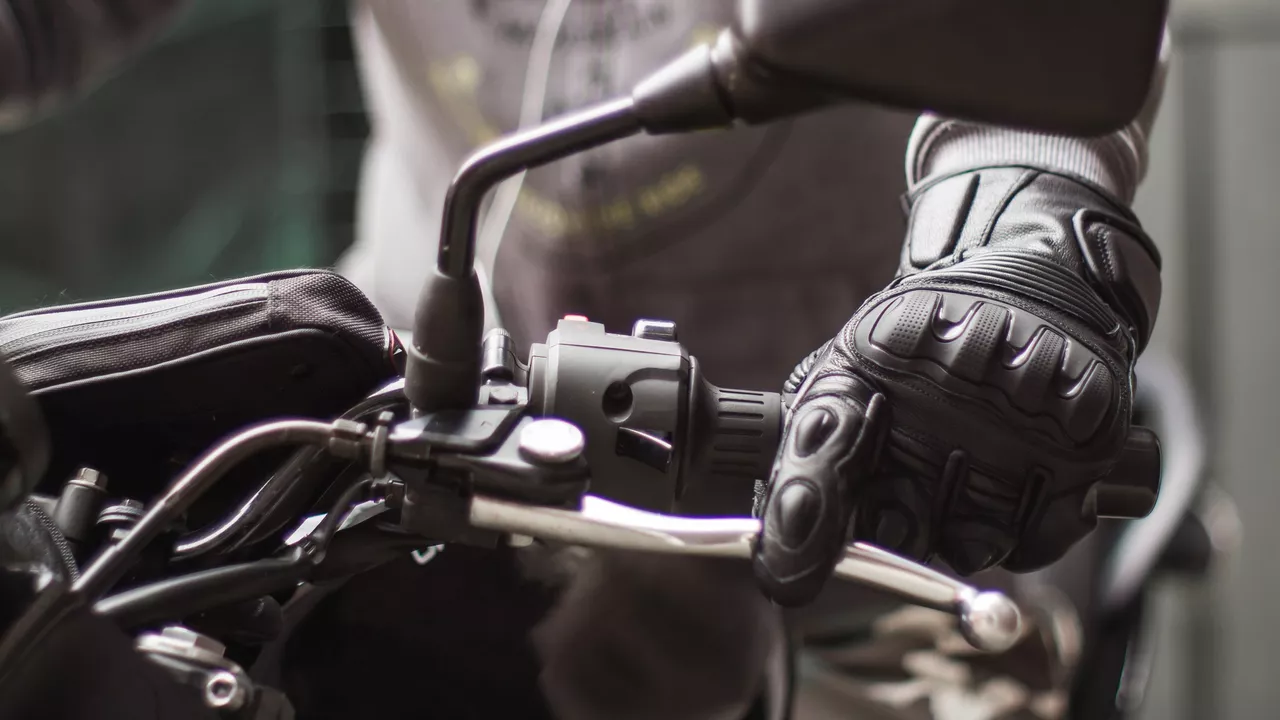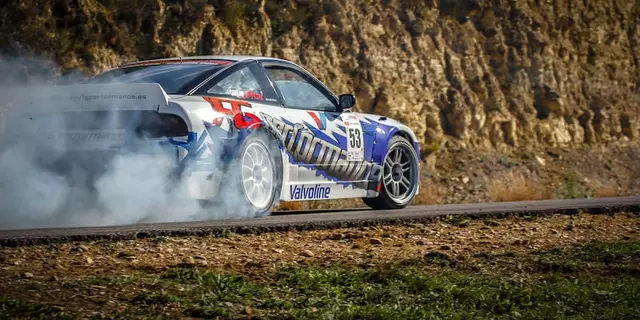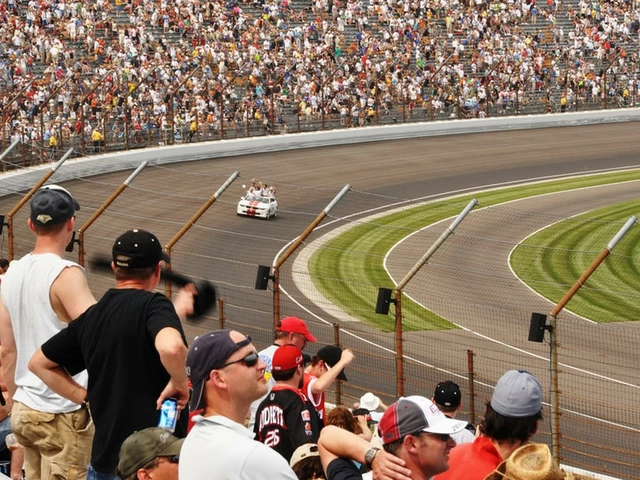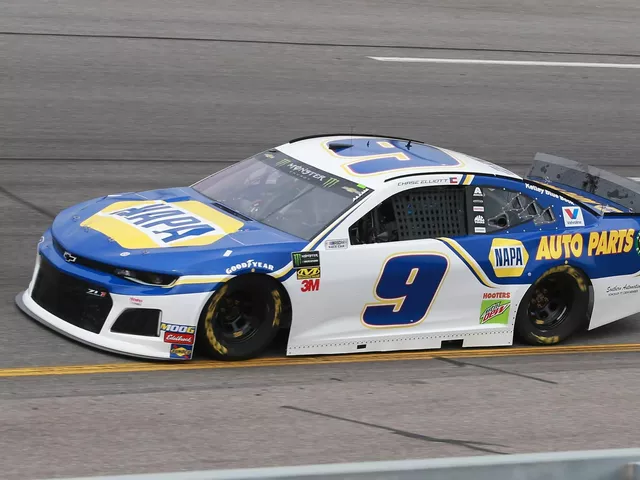Understanding the Physics Behind the Lean
If you've ever watched a motorcycle race, you'd be forgiven for thinking the riders defy gravity. They lean over so far in corners that it seems impossible they remain upright, let alone stay on their bikes. Well, as a physics aficionado and a motocross enthusiast, I've got news for you: it's all about the physics! And not just any physics, we're talking about the intricate dance of forces at work when you're taking a sharp bend on two wheels. You see, when a motorcycle racer leans into a corner, it's not simply for effect or to look cool (although we must admit, they do look rather epic). Instead, they're maneuvering their bikes by balancing gravity and the centrifugal force - a push and pull that keeps them upright and in the race. It's a balancing act that requires extensive understanding and precise execution. And let's not forget, the racers use their body weight to control the motorcycle, leaning into turns to provide the required traction and control.
Center of Gravity and Balance
First off, let's talk about balance. Balancing on two wheels becomes much harder when speeds increase and steering involves more than just turning the handlebars. Now imagine you're charging down a racetrack at breakneck speeds, and you've got to take a hairpin turn. Will you keep your body upright and simply turn the handlebars? Most certainly not. That will surely see you tipping over and skidding off the track with your motorcycle going in a completely opposite direction. Motorcycle racers understand this. In order to steer the vehicle without toppling, they have to shift their center of gravity towards the inside of the turn by leaning into it. It's almost as if they're 'hanging off' the motorcycle. This shift in body weight helps to tip the motorcycle while maintaining stability, as the combined low center of gravity of the rider and the bike makes it harder for the bike to tip over.
Tires and Traction
Now let's turn to the motorcycle tires. Just as using the right pair of running shoes helps my wife, Fiona, beat her marathon times, picking the right tires and their correct maintenance makes a world of difference in motorcycle racing as well. You see, the tires on these bikes aren't flat like car wheels but curved, allowing riders to lean into turns without losing grip and traction. The shape and material of the tire, and its type – there are slick, soft, hard and intermediate bike tires - play crucial roles in the bike's cornering ability, giving the wheels more area to grip onto the track even when the machine is tilted over. Who would've thought tires could hold such importance in the grand physics puzzle!
Throttling and Braking
The throttle and the brake – two important tools in a racer's toolkit. On the surface, they just seem to accelerate and decelerate the bike. But, in the hands of an expert racer, they're instruments of precision and control. Racers don't just yank the throttle open or slam on the brakes. No, they modulate both the throttle and the brakes to manage the bike's speed and angle of lean. Knowing when to brake, when to let off, when to start rolling on the throttle, and how much to do so, is a result of countless laps on the race track, muscle memory, and a deep understanding of the bike's characteristics and response patterns. Added to the mix are front and rear brakes and their specific uses, making for a carefully orchestrated symphony, all aimed at keeping the racer in the saddle.
Finding the 'Sweet Spot'
A racer's goal is to find the optimal lean angle for their bike, a 'sweet spot' where they can take a corner at the maximum speed without tipping over, skidding or losing traction. This is essentially a heady mixture of physics, intuition, and experience. The bike’s attributes, rider's skill, the track's condition, and even wind play vital roles in determining this sweet spot. And if you're curious, yes, sometimes racers do get it wrong and learn to better understand the bike’s limitations the hard way!
The Role of Aerodynamic Design
The design of a motorcycle isn't just about aesthetics. It’s also engineered to minimize the effects of air resistance. By making the motorcycle (and the rider's position) as aerodynamic as possible, engineers work to reduce the drag and instability caused by air resistance, which in turn increases the bike's stability, allows for greater lean angles, and ensures the safety of the rider. So, you see, there’s more to those flashy and sleek designs than meets the eye!
The Art and Science of Cornering
At its core, the practice of leaning on a motorcycle is a combination of art and science, combining physics with a rider's skill, intuition, and courage. It requires a deep understanding of how the forces of gravity, centrifugal force, and friction work in symphony to keep the bike on the track and the rider in the saddle. It involves a grasp of how the bike responds to the rider's inputs - throttle, brake, body position, and how the tires, suspension, and aerodynamics play crucial roles in cornering. Like my father always loved to say, motorcycle racing isn’t just about speed – it’s about understanding physics, and a little bit about trusting your guts!






Write a comment